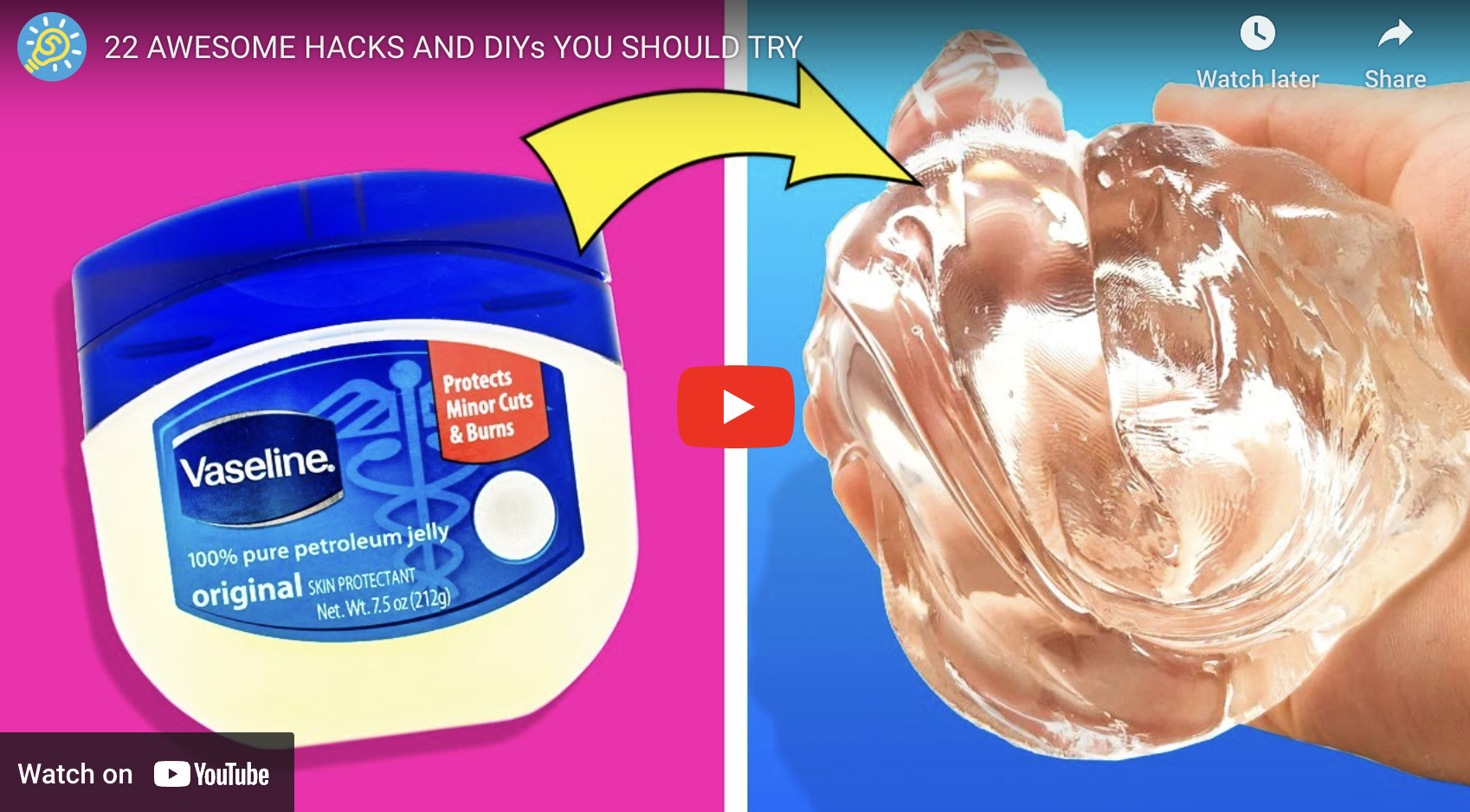Spider veins, also known as telangiectasia or venular ectasia, are small, dilated blood vessels that appear near the surface of the skin. They can be unsightly and may cause discomfort or pain for some individuals. While there are various treatments available for spider veins, at-home light therapy has gained popularity as a non-invasive and convenient option for addressing this common issue.
Light therapy, also known as phototherapy, uses specific wavelengths of light to target and treat various skin conditions, including spider veins. This therapy works by stimulating the production of collagen, which helps to strengthen and improve the appearance of the skin. At-home light therapy devices are now widely available, making it easier for individuals to treat spider veins in the comfort of their own homes.
In this article, we will explore the trends, concerns, and benefits of at-home light therapy for spider veins, as well as provide expert insights and advice on how to effectively use this treatment option.
**Trends in At-Home Light Therapy for Spider Veins**
1. **Rise in Popularity**: At-home light therapy for spider veins has become increasingly popular in recent years, as more individuals seek non-invasive and convenient solutions for addressing cosmetic concerns.
2. **Advancements in Technology**: Manufacturers have developed increasingly sophisticated at-home light therapy devices that are effective in targeting and treating spider veins. These devices are easy to use and offer customizable settings for optimal results.
3. **Increased Accessibility**: At-home light therapy devices are now more affordable and readily available, allowing individuals to conveniently treat spider veins without the need for frequent visits to a dermatologist or medical spa.
4. **Growing Consumer Interest**: Consumers are becoming more educated about the benefits of light therapy for skin conditions, leading to a growing interest in at-home solutions for spider veins.
5. **Combination Therapies**: Some individuals are opting to use at-home light therapy in conjunction with other treatments, such as topical creams or professional laser treatments, to enhance the effectiveness of their spider vein treatment regimen.
6. **Social Media Influence**: Influencers and beauty bloggers on social media platforms are sharing their experiences with at-home light therapy for spider veins, contributing to its popularity and driving consumer interest in this treatment option.
7. **Focus on Self-Care**: At-home light therapy for spider veins aligns with the growing trend of self-care and wellness, as individuals prioritize taking care of their skin and addressing cosmetic concerns in the comfort of their own homes.
**Expert Insights on At-Home Light Therapy for Spider Veins**
*“At-home light therapy devices can be an effective option for individuals looking to improve the appearance of spider veins without the need for invasive procedures. Consistency is key when using these devices, and it’s important to follow the manufacturer’s instructions for optimal results.”*
*“Light therapy works by targeting the hemoglobin in the blood vessels, causing them to coagulate and eventually fade over time. It’s a safe and gentle treatment option for spider veins, with minimal side effects compared to other more invasive procedures.”*
*“For best results, it’s recommended to use at-home light therapy devices on clean, dry skin and to avoid sun exposure before and after treatment. Patience is also important, as it may take several weeks or months to see significant improvement in the appearance of spider veins.”*
*“It’s important to choose a reputable at-home light therapy device from a trusted manufacturer to ensure safety and effectiveness. Consulting with a dermatologist or skincare professional before starting treatment can also help determine if light therapy is the right option for addressing spider veins.”*
**Common Concerns and Answers**
1. **Is at-home light therapy safe for all skin types?**
– At-home light therapy devices are generally safe for all skin types, but it’s important to consult with a dermatologist before starting treatment to ensure compatibility with your skin type.
2. **How long does it take to see results with at-home light therapy for spider veins?**
– Results may vary, but it typically takes several weeks to months of consistent use to see significant improvement in the appearance of spider veins.
3. **Are there any side effects associated with at-home light therapy for spider veins?**
– Side effects are minimal and may include temporary redness or slight discomfort during treatment. These effects typically subside quickly after treatment.
4. **Can at-home light therapy completely eliminate spider veins?**
– While at-home light therapy can significantly improve the appearance of spider veins, it may not completely eliminate them. Maintenance treatments may be needed to sustain results.
5. **Can at-home light therapy be used in combination with other treatments for spider veins?**
– Yes, at-home light therapy can be used in conjunction with other treatments, such as topical creams or professional laser treatments, to enhance the effectiveness of spider vein treatment.
6. **Are at-home light therapy devices easy to use for beginners?**
– At-home light therapy devices are designed to be user-friendly and come with clear instructions for use. It’s important to follow the manufacturer’s guidelines for optimal results.
7. **Do at-home light therapy devices require any special maintenance or care?**
– It’s important to clean and store at-home light therapy devices according to the manufacturer’s instructions to ensure longevity and optimal performance.
8. **Can at-home light therapy devices be used on other areas of the body besides the legs?**
– At-home light therapy devices can be used on other areas of the body with spider veins, such as the face or chest, but it’s important to follow the manufacturer’s guidelines for safe and effective use.
9. **Do at-home light therapy devices have any age restrictions for use?**
– At-home light therapy devices are generally safe for individuals of all ages, but it’s important to consult with a healthcare professional before starting treatment, especially for children or elderly individuals.
10. **Is at-home light therapy covered by insurance for the treatment of spider veins?**
– Insurance coverage for at-home light therapy may vary depending on the provider and the specific policy. It’s recommended to check with your insurance provider for coverage details.
11. **Can at-home light therapy devices be used during pregnancy or breastfeeding?**
– It’s important to consult with a healthcare provider before using at-home light therapy devices during pregnancy or breastfeeding to ensure safety for both the mother and the baby.
12. **Are there any contraindications for using at-home light therapy for spider veins?**
– Individuals with certain skin conditions or medical conditions may not be suitable candidates for at-home light therapy. It’s important to consult with a healthcare professional before starting treatment.
13. **Can at-home light therapy devices be used on sensitive skin?**
– At-home light therapy devices are generally safe for sensitive skin, but it’s important to start with a lower intensity setting and gradually increase as tolerated to avoid irritation.
14. **How often should at-home light therapy be used for optimal results?**
– It’s recommended to use at-home light therapy devices according to the manufacturer’s guidelines, which may include daily or weekly treatments for best results.
In summary, at-home light therapy for spider veins is a safe and effective treatment option for individuals looking to improve the appearance of these common cosmetic concerns. With advancements in technology and increased accessibility, at-home light therapy has become a popular choice for addressing spider veins in a convenient and non-invasive manner. By following expert advice and guidelines, individuals can achieve noticeable results and feel more confident in their skin. Remember to consult with a healthcare professional before starting any new skincare treatment to ensure safety and effectiveness.
![[Mom Prepared]](https://momwithaprep.com/wp-content/uploads/2024/12/cropped-momlogo-244x56.png)

